下竹町 Xiazhuting – Rear Station Police Dormitory
Nanda Road Rear Station
Hsinchu Train Station, itself, is an iconic symbol of Hsinchu. Opened in 1913 during the Japanese colonial period of Taiwan, not much has changed on its platforms within the last century. Within the main hall, you’ll find a Family Mart and a Sushi Express, but other than the newer brands and automated ticketing, the overall ambiance is similar to what it was like over one hundred years ago.
Leaving the train station behind and walking down into the underpass, you’ll find yourself coming out to the rear of the train station. After avoiding the homeless people who have made the underground their home, you’ll emerge seeing the intercity bus station and rows upon rows of parked cars. The first impression of the area behind the train station will probably leave you wanting to submerge back into the underground walkway. Little do you know, there is some history hidden past the sea of cars. Peaking out above the vehicles are the traditional roofs of Xiazhuting (下竹町).
If you want even more history, be sure to visit the Hsinchu Prison Martial Arts Hall!
下竹町 Xiazhuting
The name Xiazhuting takes inspiration from the surrounding neighborhood. During the Japanese rule of Taiwan, the entire area behind Hsinchu Train Station was an administrative district for the city. Many Japanese citizens lived in this area and built traditional houses reflective of their homeland. The original name of the district was Heijin Town (黑金町). Translating roughly to “black gold’, the name refers to the soot that would come from the trains. The black soot would land on the rooves and even the residents of Xiazhuting.
Today, the neighborhood is most commonly referred to as Xiazhuli (下竹里). The name Xiazhuting is attached more to the organization that oversees the two traditional Japanese police dormitories (新竹後站警察宿舍) on either side of Nanda Road (南大路). Other than the massive parking lot, there is little to see around the century-old traditional houses. There is a small park referred to as the Rear Station Park (新竹後站公園), but that is about it. After visiting the Japanese police dormitories, the next stop on your itinerary should be Hsinchu Park (新竹公園).
If you’re looking for more of the religious side of Hsinchu, get a coffee at a temple at Fangwai Coffee!
12 Baskets Market (十二籃主題市集)
Directly in front of the Exhibition Hall of Xiazhuting is a weekly market that wraps around the street corner. The dozen or so stalls sell handmade goods ranging from everything from soaps to jams. The market is operated by an organization called 12 Baskets (十二籃主題市集). Don’t be surprised if you see similar stalls around Taiwan. These markets are not only limited just to Hsinchu. You can also find them in Taichung and Taoyuan as well.
Although the location is still a bit awkward due to its proximity to the train station and a massive parking lot, the market adds some much-needed life to the block. Without the stalls selling food and coffee (check out ZYGOS Coffee), the entire area would seem dead. The weekend market has tourists trickling in to walk by the stands and check out the exhibition hall along the way.
You can find both history and coffee at the Former Residence of Principal Hsin Chih Ping!
Xiazhuting Exhibition Hall
The Japanese police dormitories currently comprise two buildings. Located off of Nanda Road, these houses were originally built between the years 1929 and 1935. What is unfortunate is that other than the location, there is nothing old or historic about these buildings. Both of the Japanese structures have been built from the ground up. This means that you are more in a replica than in an actual century-old building.
Despite the lack of age, both of the Xiazhuting buildings give a taste of what old Hsinchu was like. The building closest to the train station houses a restaurant called Hsinchuku (新築窟) while on the opposite side there is an exhibition hall. The exhibits in the house change every several months. Although small, you can still get an idea of Hsinchu’s history and art. The home also houses events. During these days, half of the dormitory will be closed to visitors, leaving little to explore. Fortunately, the exhibits are free, so you won’t leave feeling too disappointed.
If you’re feeling a bit hungry, check out the restaurant Hsinchuku here!
Model History
Xiazhuting is a small part of an ongoing movement to rebuild and preserve Hsinchu’s history. Throughout the city, you can find tons of historic houses both from the Japanese colonial period and even older. Although these buildings have nothing original about them, the effort of nurturing and developing a culture in Hsinchu cannot go unnoticed. For so long Hsinchu has gone under the radar for tourists. Only recently, has the city begun to wake up and rebuild.
The old Japanese police dormitory by Xiazhuting is just the tip of the iceberg. Gradually, more of Hsinchu will be brought into the modern era. The weeds will be cast off, walls rebuilt, and roofs will be patched so more people can begin to explore the rich history of this city.
You can find a full list of things to do in Hsinchu here!

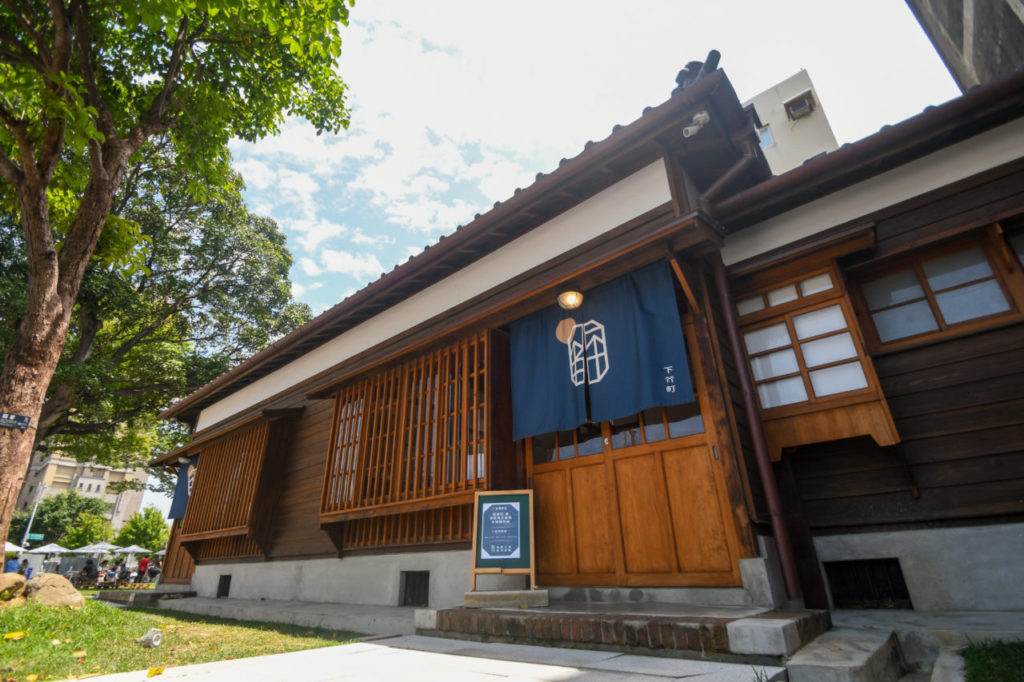
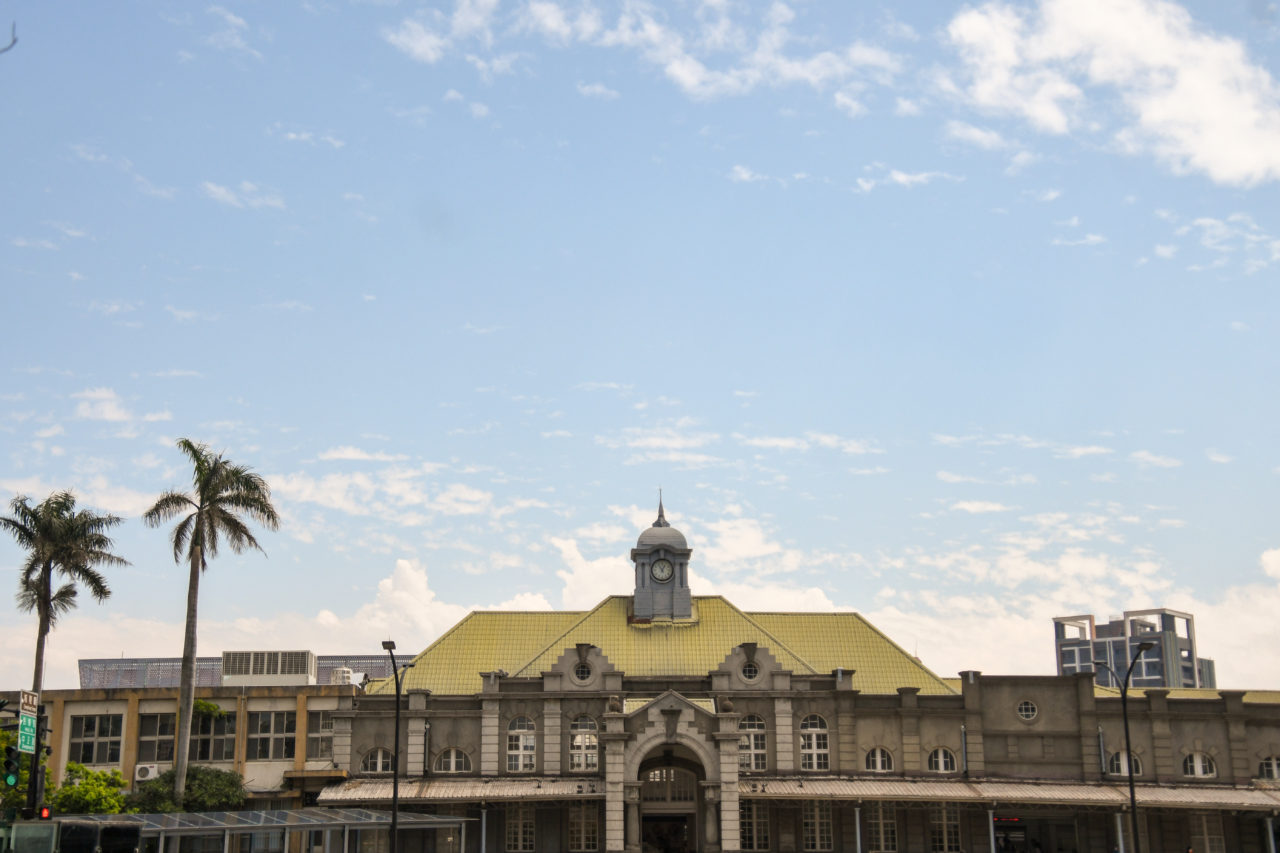
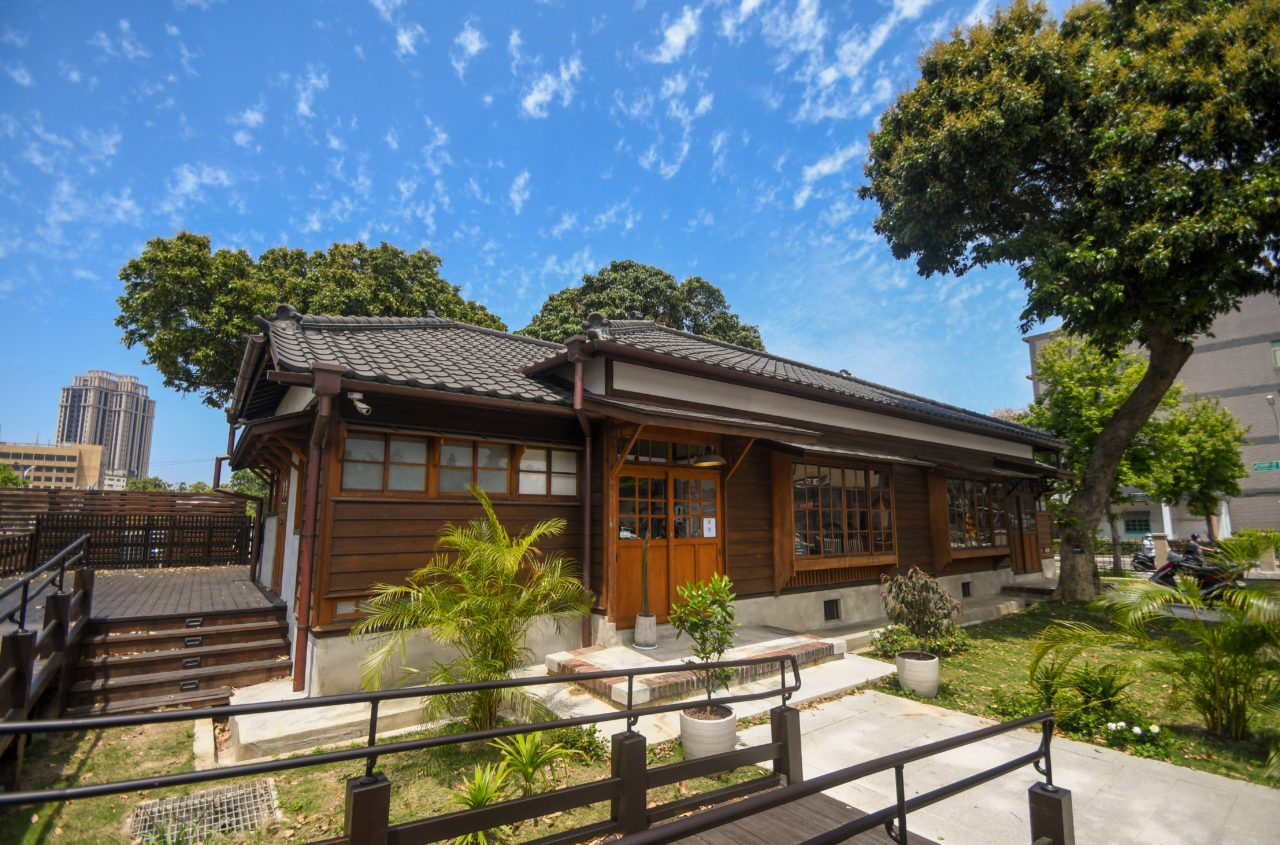
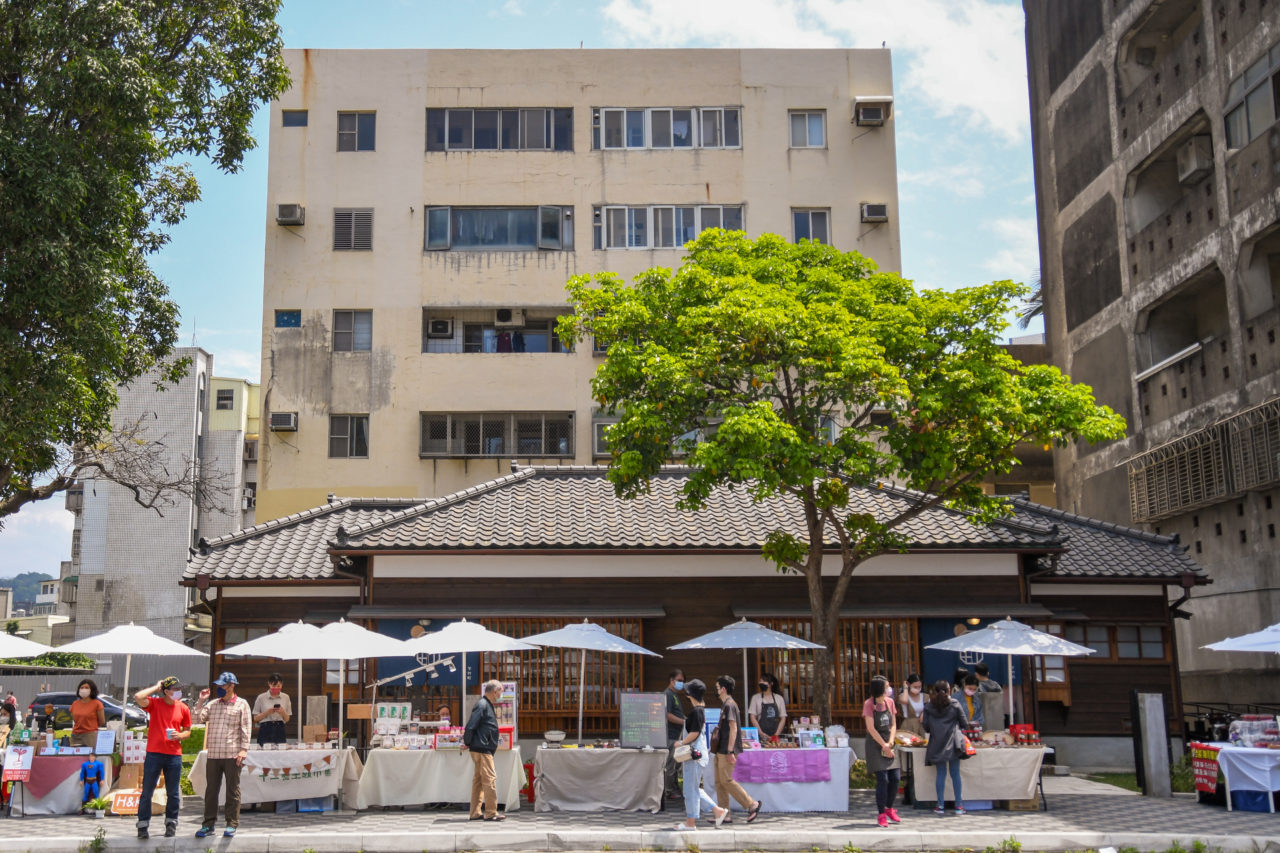
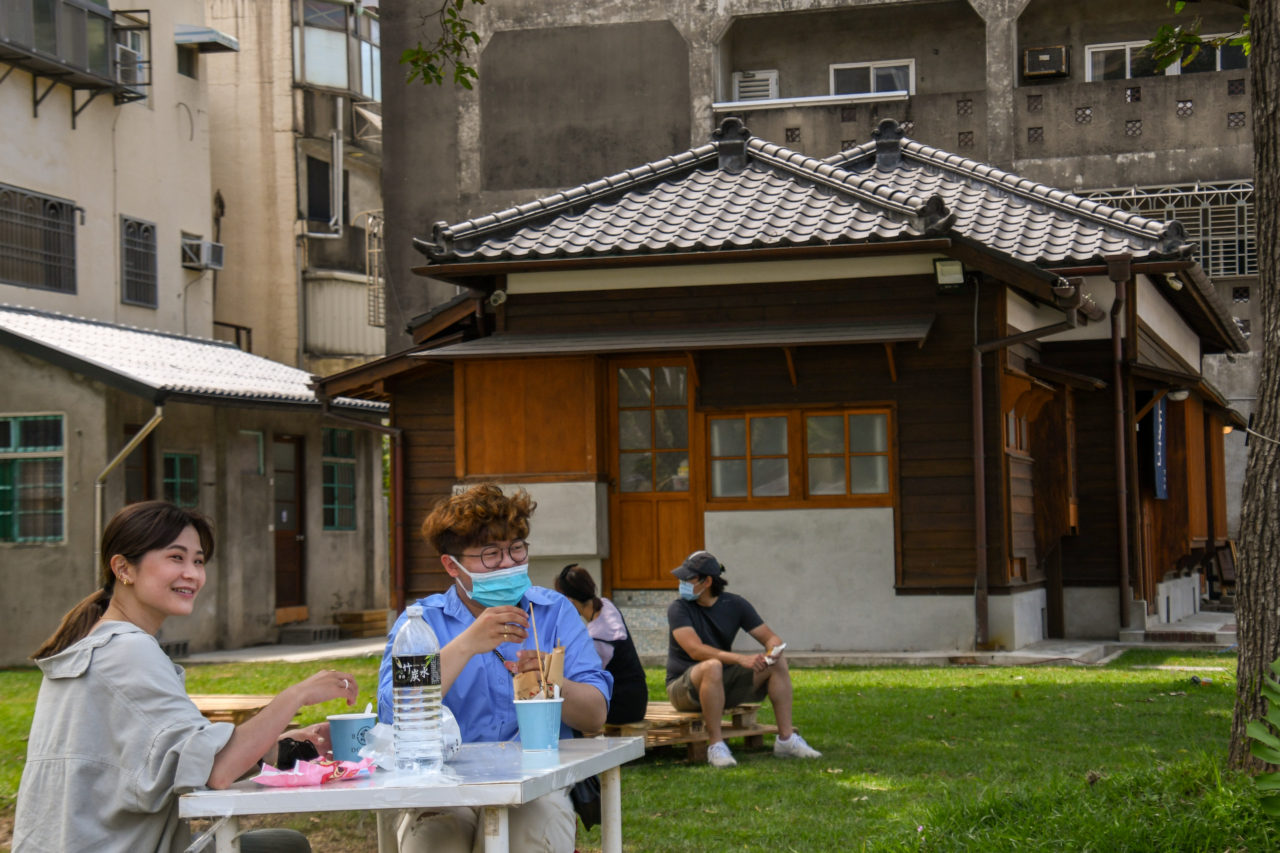
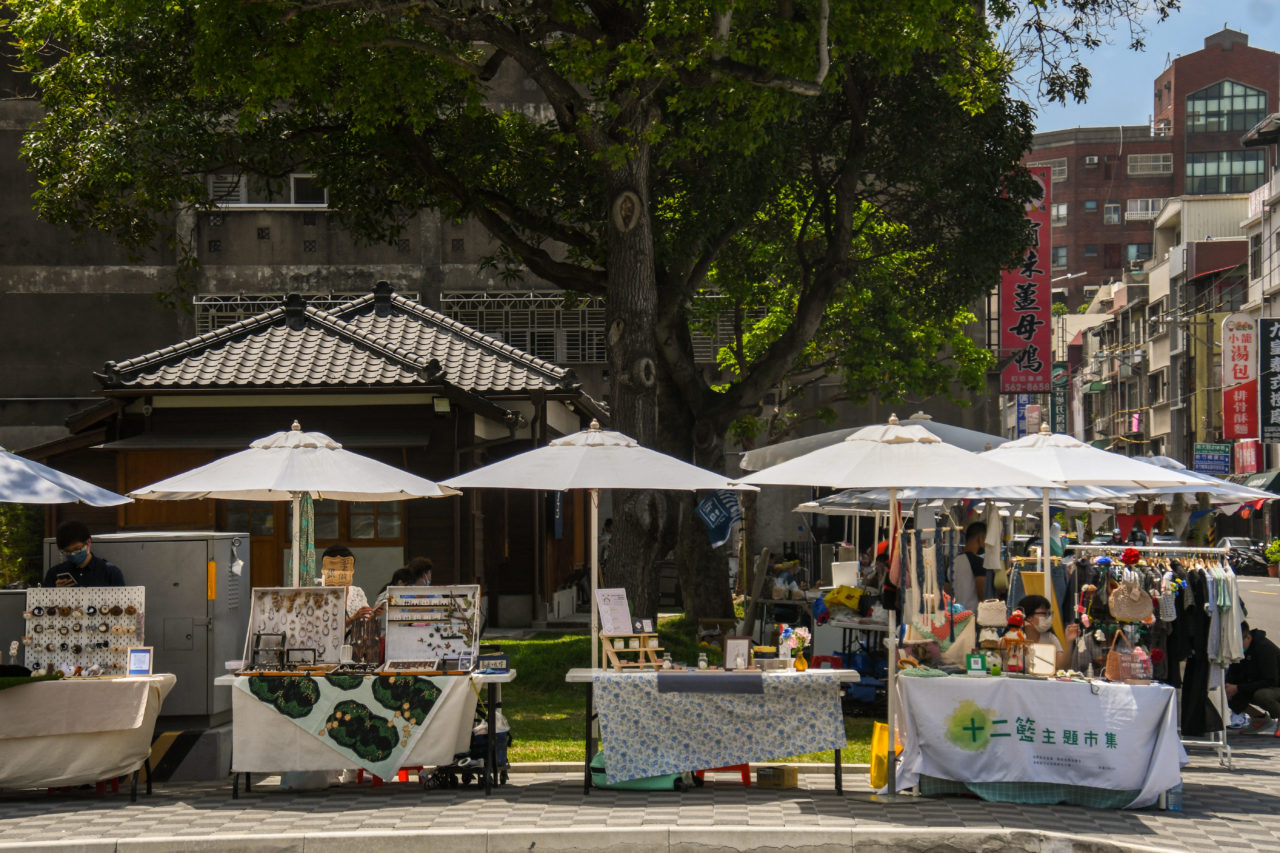
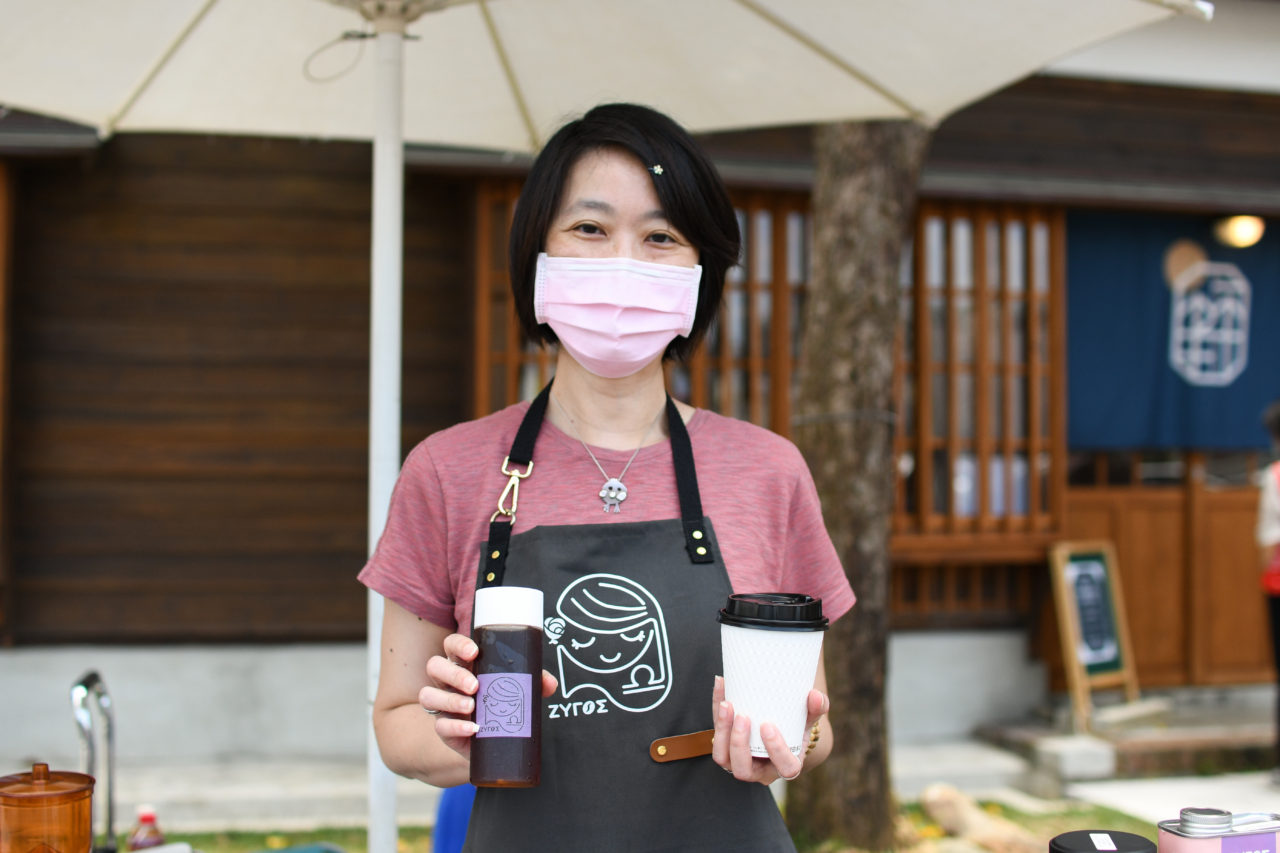
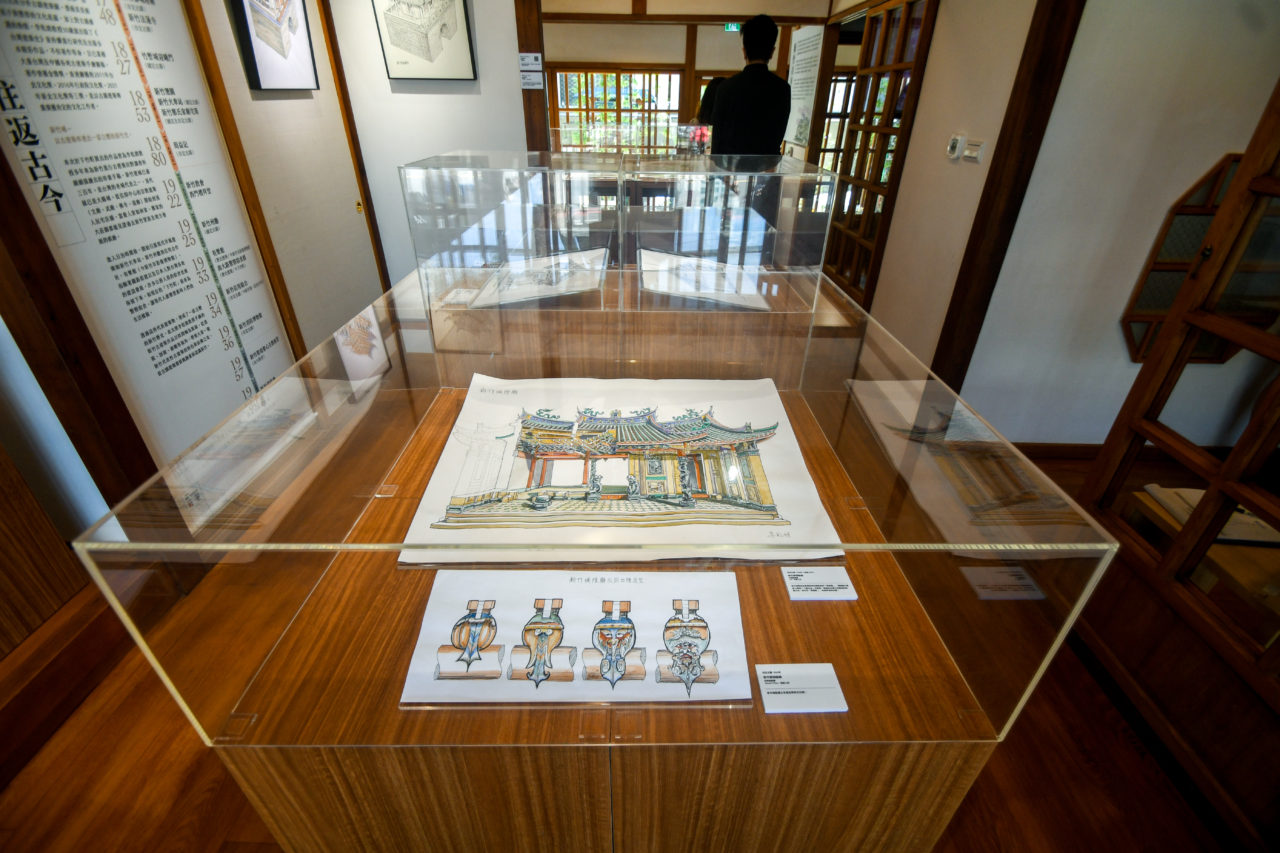
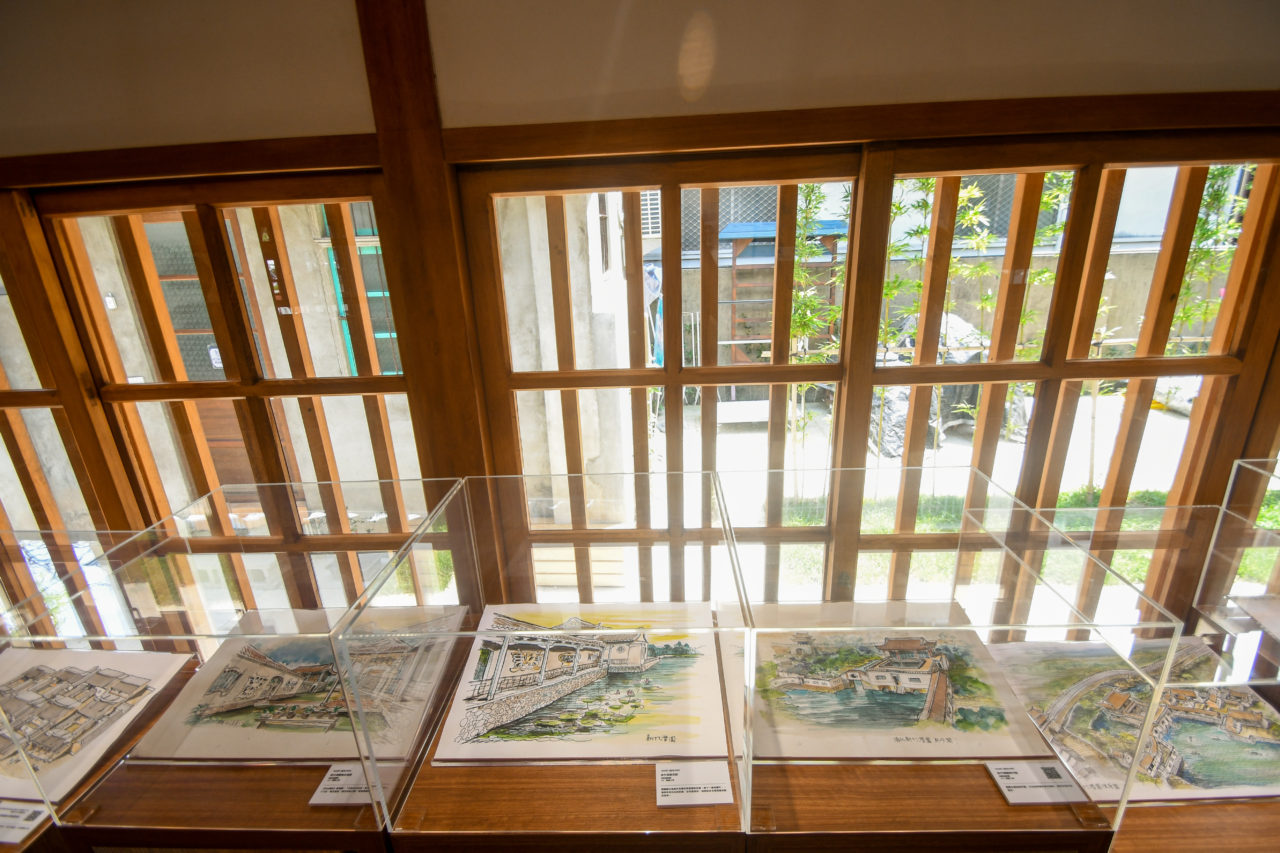
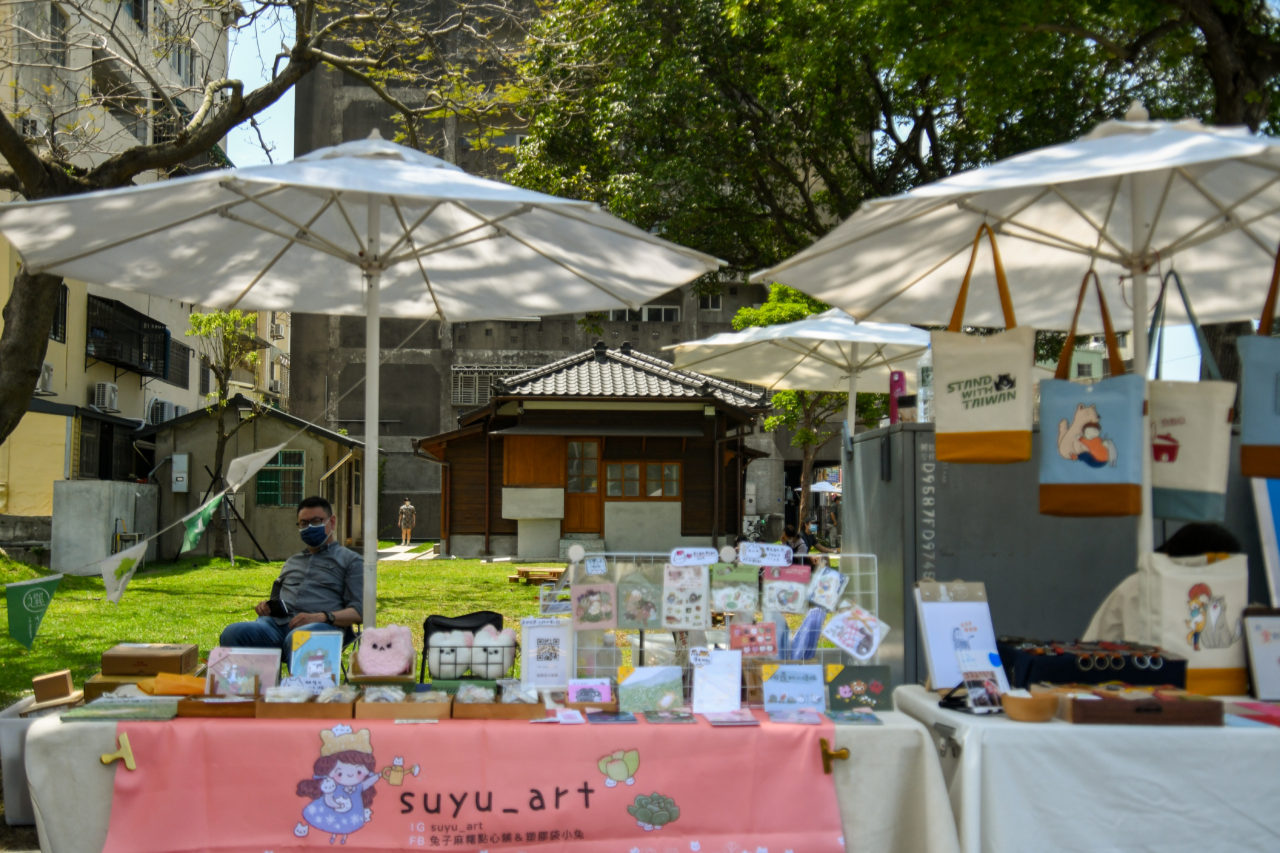
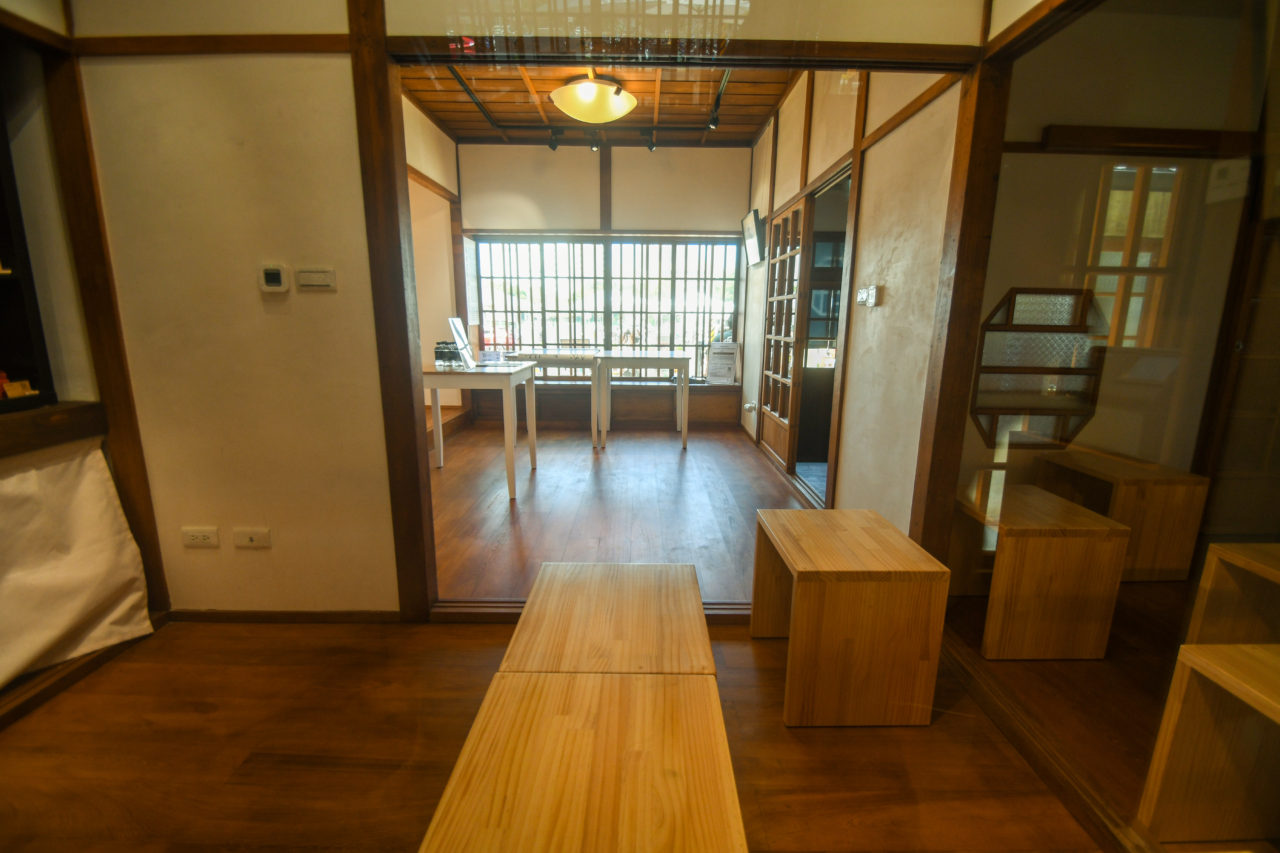
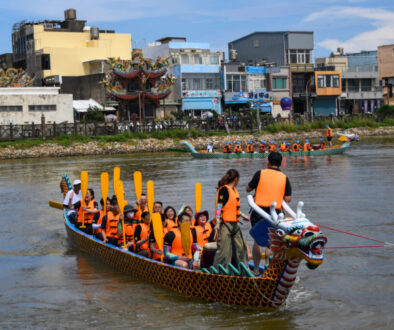
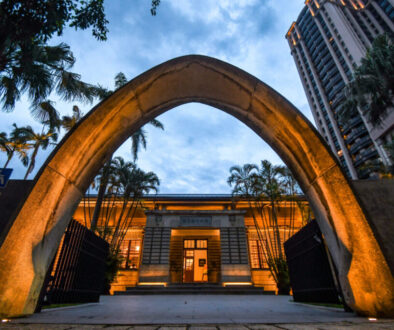
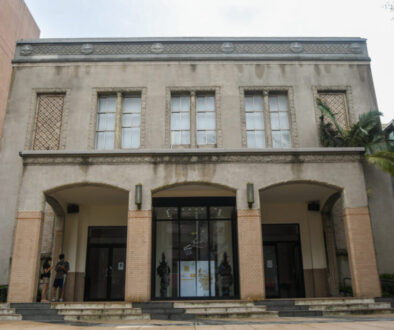


Hsinchu Weekend Flower Market 新竹市假日花市 - ORPHANED NATION
May 10, 2022 @ 5:37 pm
[…] was once a time when Hisnchu had a night market. Right by where Xiazhuting Nanda Police Dormitories now stand, there were stalls selling everything from barbeque to waffles. Unfortunately, the […]
Hsinchu National Military Cultural Park 新竹國軍文化園區
May 22, 2022 @ 10:51 am
[…] If you’re wanting to dive even deeper into the history of Hsinchu, be sure to visit the Police Dormitories on Nanda Road! […]